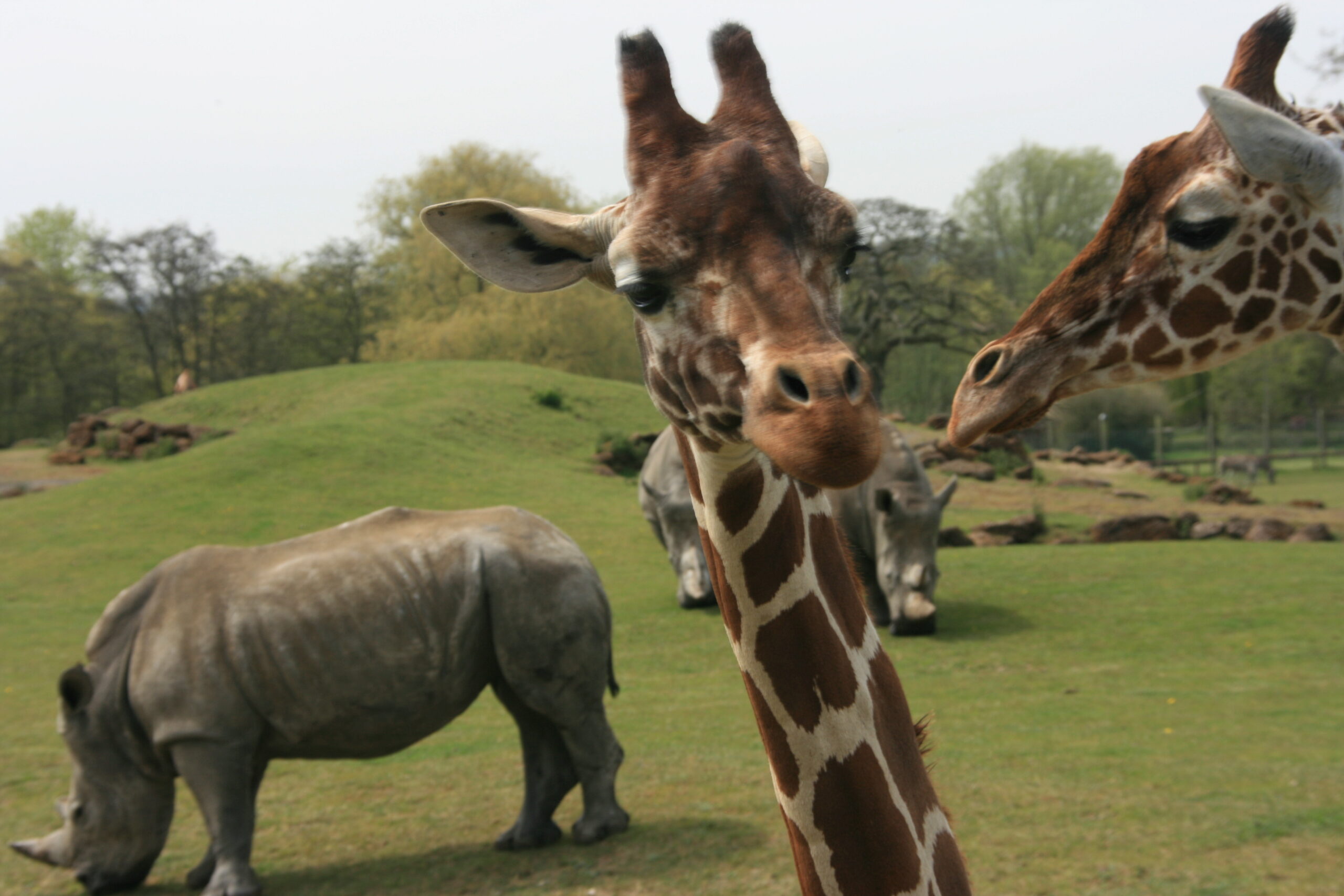On the eastern tip of England, where East Anglia bulges into the North Sea, a sampling of Africa’s wildlife is spread across sixty acres. As the UK’s third Covid-19 lockdown ends I head for its reopening. What has kept me away till now? Perhaps worry about being corralled into a tourist experience. The chance for a glimpse of a post-pandemic world and shared human activity is suddenly touching.
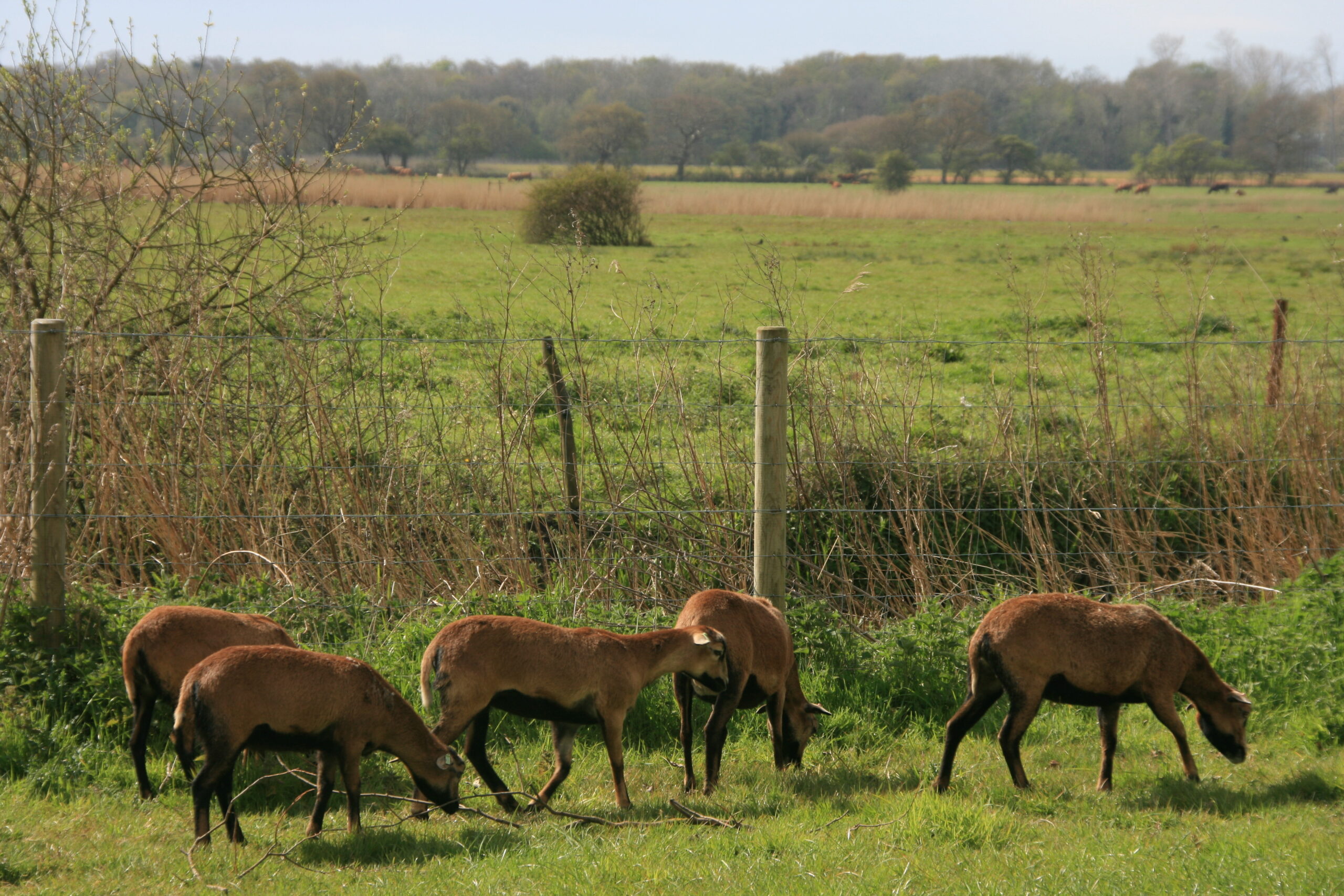
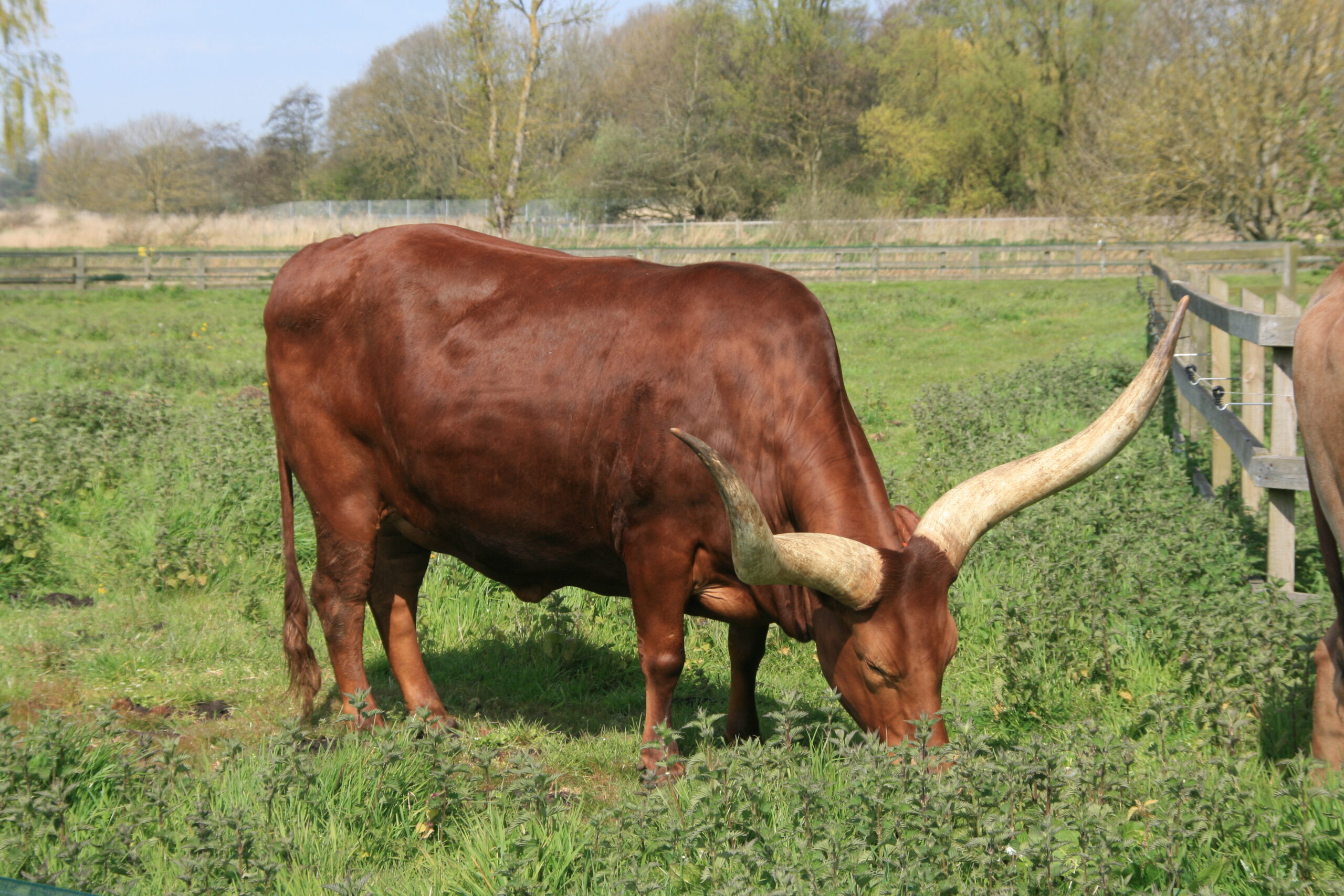
The park known as Africa Alive belongs to the charity Zoological Society of East Anglia (ZSEA). A trail from the entrance leads you past some of Africa’s most iconic great beasts – cheetahs and lions in separate grassed enclosures. You then find the zoo is making the most of what can be sodden ground. Enclosures hold a herd of aquatic antelope: the Sitatunga, the lowland Nyala, and two endangered species of Lechwe, the Kafue Flats and the Nile. If, like me, you’re encountering these hoofed beasts for the first time, that first sight triggers a question and answers are nearby. Explanatory boards name each species, show where they come from, how they breed and what they eat, and how endangered they are. Most animals on display are on the International Union for the Conservation of Nature’s Red List. Many belong to European breeding programmes (EEP). ‘These programmes aim to ensure a genetically variable breeding strategy for individuals within zoos,’ explains Sarah Lee, ZCEA’s Living Collections Co-ordinator. ‘It’s a management tool used alongside wild conservation programmes for a particular species.
Follow the paths around the wet areas and you meet examples of Africa’s domestic animals: buffalo, a flock of Cameroonian sheep, Ankole cattle with their wildly large horns – all across a stream beyond which Suffolk cattle munch the same marshy pasture.
Lemurs
Particularly innovative are the islands set inside a small lake. Each houses a pair of a threatened species of lemur, the water providing a natural barrier. The lemurs have their own wooden houses for sleeping but have trees to explore in their own island patch. A pair of blue-eyed black lemurs are outdoors in the chilled sunlight, curled into one ball, the eyes of one with the brightness of sky. Back in their Madagascan homeland these creatures, the only primates other than humans to have blue eyes as adults, are critically endangered.
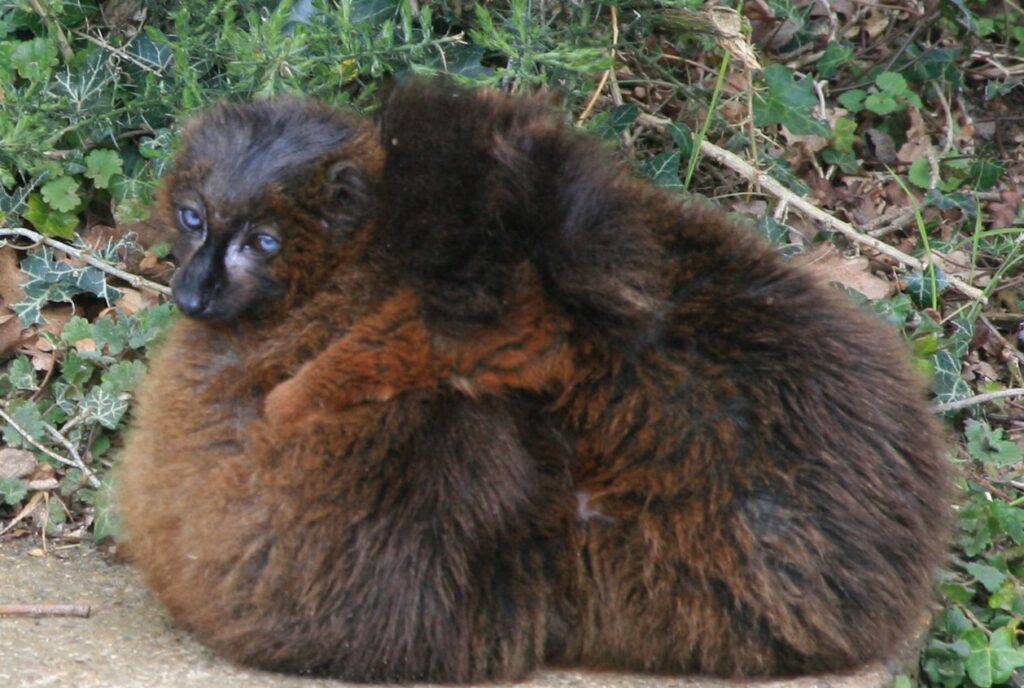
One function of the zoos, drawing on the 350,000 a year that visit their two sites, is to fund and support partner conservation projects in-country. For the lemurs, this is the Lemur Conservation Association, AEECL. They help manage a protected area in Sahamalaza (northwest Madagascar) to include community support and education.
‘Around 98% of all lemur species are considered to be threatened,’ notes Sarah Lee. ‘Part of the AEECL strategy is to experience the incredible lemurs in their natural habitat through guided tours and a complete immersion in the amazing nature surrounding them. They have a purpose built camp for visitors to stay in and an incredible array of wildlife is to be found in the surrounding forests.’
To want to visit and help save these animals, you first need to know of their existence and bond with them. Meeting the lemurs in this English setting is a good first step in that process. A recent initiative is a conservation fund to help save fifteen species from extinction over the next five years. Professor David Field, the former CEO of this zoo charity, explained: ‘What we are trying to do is to help inspire people coming to our venues by our animals so they form an emotional attachment and want to donate.’
Addax
Near the lemur islands is a small herd of Addax. These are white horned herbivores about a metre tall, the horns twisting out of their black crown and a bright white stripe hooding their eyes. Creatures of the Sahara, they gain the moisture they need from the desert’s plants. Largely due to illegal hunting, their numbers keep plummeting.
As recent as 2013, fewer than 300 were thought to survive in the wild. Now that number has crashed to below 100: the only sustainable wild herd is thought to be on a reserve in Niger. The 600 animals in these captive breeding programs hold the hope that one day the wild will be kind enough to receive them back.
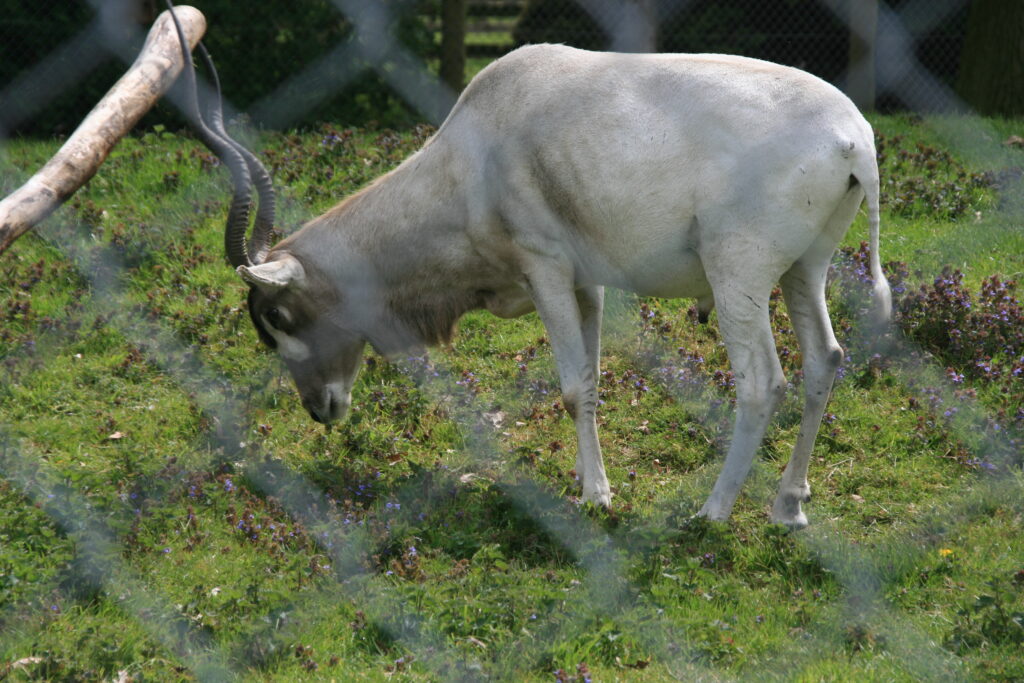
More than a thousand species of UK flora and fauna share the site, including twenty species of dragon and damsel flies. As a fabulous showpiece, the central acreage is given over to the ‘Plains of Africa’. White rhinos stud the rocks of the hillside. Ostriches race around the rim. Giraffe reach their necks over the boundary to munch the grass on the raised surrounds. Zebra and blesbok (antelopes with a blaze of white on their faces) complete this gand of remarkable herbivores.
We human primates keep to the paths, often in groups with toddlers. On the way out, I converted my day ticket into an annual pass. This outing in a managed natural world, with its focus on conservation, energized me so much that I’ve already dipped back for four refresher visits.
